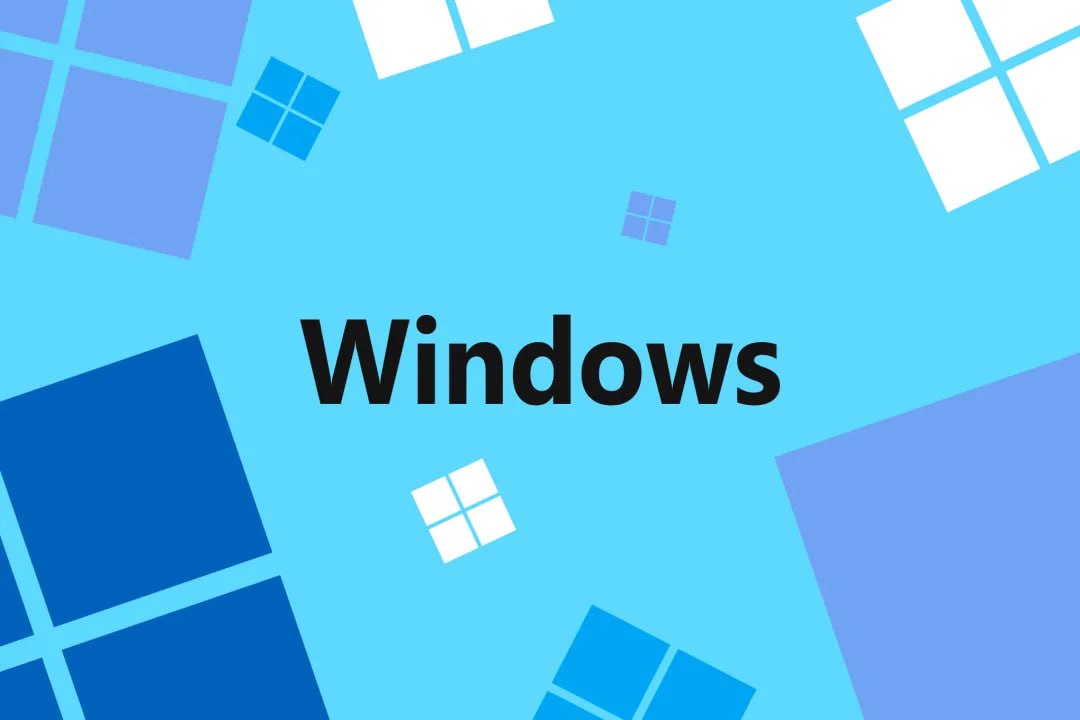
Windows 11 has overtaken Windows 10 among PC gamers and is steadily climbing in global usage, signaling a shift as Microsoft prepares for Windows 10’s end-of-life in October 2025. The latest data highlights Windows 11 reaching 49% usage on Steam in August 2024, edging out Windows 10’s 47%, while its global web market share has risen from 23% in July 2023 to nearly 32% by August 2024. However, its adoption has been slower, taking two years to hit 400 million devices—double the time Windows 10 required—largely due to stringent hardware demands like newer CPUs and TPM chips, which leave many older PCs incompatible. Microsoft offers paid security updates post-October 2025 for both businesses and consumers, but the establishment’s narrative of a smooth transition masks underlying tensions. Let’s unpack this milestone and its implications.
Gaming and Global Gains
The Steam milestone in August 2024 underscores Windows 11’s growing appeal among gamers, driven by features like DirectStorage and Auto HDR, which enhance load times and graphics. Globally, the jump from 23% to 32% market share reflects Microsoft’s push, yet the pace suggests reluctance rather than enthusiasm. The establishment might attribute this to Windows 10’s looming end-of-support, but the data predates the latest surge reported in July 2025, where Windows 11 reportedly hit over 50% globally, hinting at a late rush fueled by deadline pressure rather than organic adoption.
Skepticism arises here—early adoption was hampered by hardware barriers, and the gaming lead might reflect new PC sales rather than upgrades of existing systems. The establishment’s focus on Steam ignores regional disparities, like lower uptake in markets with older hardware, suggesting the global figure may mask uneven progress.
Hardware Hurdles and Adoption Lag
Windows 11’s slower rollout to 400 million devices compared to Windows 10’s rapid rise points to its controversial requirements—TPM 2.0 and 8th-gen CPUs or newer—which exclude millions of functional PCs. Microsoft’s free upgrade offer hasn’t bridged this gap, as many users face forced hardware refreshes, a move critics label as planned obsolescence to boost sales. The establishment frames this as a security upgrade, but the lack of clear evidence linking TPM to significant threat reduction fuels doubts, especially when workarounds exist to bypass these checks.
The paid Extended Security Updates (ESU) post-2025—priced variably, with consumer options rumored around $30 annually—offer a lifeline, yet the cost and complexity may deter smaller users, pushing them toward unsupported systems or alternatives like Linux, a trend noted in user sentiment online.
Implications and Caution
This shift signals Windows 11’s ascent, potentially stabilizing Microsoft’s ecosystem as Windows 10 fades, with over 700 million devices now running it per recent estimates. Gamers benefit from optimized performance, while businesses leverage AI features like Copilot, but the hardware lockout creates e-waste and alienates users with viable older machines. The establishment might call this a success, but the forced upgrade narrative and untested ESU viability suggest a rocky transition.
Approach with caution—check hardware compatibility before upgrading, and weigh ESU costs against risks of running unsupported Windows 10. The gaming boost is promising, but global adoption’s reliance on deadline pressure, not feature appeal, warrants watching as October 2025 nears. Posts found on X reflect excitement about the overtake, yet some question the hardware push—treat this sentiment as inconclusive until broader data emerges.
Comments
Comments are powered by Facebook. By using this feature, you agree to Facebook's Cookie Policy and Privacy Policy.